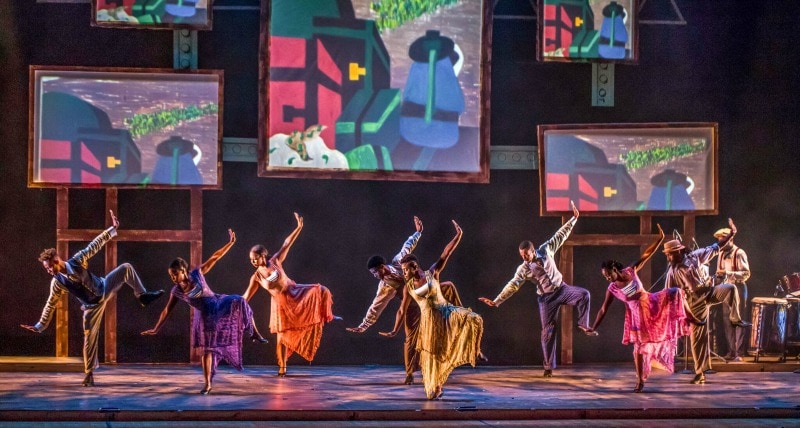Step Afrika!’s masterpiece ‘The Migration’ returns to DC at Arena Stage
If you have never seen Step Afrika! before, know that the experience will astound.
Editor’s note: Back in 2018, when this review of The Migration: Reflections on Jacob Lawrence was first published, Step Afrika! Founder and Executive Director C. Brian Williams told the opening night audience that the show was being performed for the last time (“Do not miss this last chance to catch a locally grown genuine masterpiece,” wrote John Stoltenberg then). Fortunately for theatergoers today, six years later, this “powerful multisensory dance-theater work” will be back onstage in DC, at Arena Stage June 7 to July 14.
Review: ‘The Migration: Reflections on Jacob Lawrence’ at Step Afrika!
Originally published June 9, 2018
Step Afrika!, the acclaimed African American dance company, launched this powerful multisensory dance-theater work eight years ago. Since then the spectacular show has toured the world and had a sold-out three-week run Off-Broadway. It has now returned home to DC for a limited run, after which, said Founder and Executive Director C. Brian Williams on opening night, the show will not be performed again.
If you have never seen Step Afrika! before, know that the experience will astound.
The Migration depicts the Great Migration of 1910–1930, when, driven by shifts in labor-market demand, African Americans from the rural South moved by the thousands to the industrial North, for jobs and the hope of a better life. In 1939, a painter named Jacob Lawrence, then only 23, memorialized that epic history in a series of 60 paintings called The Migration Project (30 of which can be seen in DC at the Phillips Collection and 30 of which are in New York at MoMa). Taking inspiration from those paintings, Step Afrika! set them to movement and music, hence the program’s subtitle, Reflections on Jacob Lawrence.
 Step Afrika!’s The Migration. Photo by William Peregrine.
Step Afrika!’s The Migration. Photo by William Peregrine.
The backstory is the through line from capitalist economic forces to early twentieth-century disruption in the Black family to a youthful painter’s tempera storyboard to a vivid reimagining and animation onstage. And as with all its work, Step Afrika! brings to the narrative its polish, precision, passion, and irrepressible rhythm.
At the beginning, the stage is set with a dozen drums. On either side are kente-cloth-like curtain legs, and on the back wall are five projection screens, mounted as if on oversize easels. Some show a black-and-white photograph of the painter; others, his self-portrait.
With “Drum Call,” the program starts in Africa as the ensemble in African-inspired costumes delivers a fusillade of drumming, in stunning unison and dextrous syncopation. An anthemic melody rumbles below. A solo djembe and flute join in. Step Afrika! dances typically feature stepping, loud staccato stomping with boots or other footwear, but the ensemble now are barefoot, their full-bodied choreography expressive of a shared origin story.
 Step Afrika!’s The Migration. Photo by William Peregrine.
Step Afrika!’s The Migration. Photo by William Peregrine.
The narrative continues in America with “Go West” and the introduction of another signature Step Afrika! dance move, synchronized slapping and pounding one’s own body as if it’s a percussion instrument, all the while leaping, skipping, and strutting. The visual and aural effect is hypnotic. And we in the audience get to join in rhythmic clapping that becomes rousingly antiphonal.
Among the pivotal points in African American history recounted in “Drumfolk” is the retaliatory Negro Act of 1740, which forbade Africans to, among other things, use drums. “They took the drums away. But they could not stop the beat,” goes a refrain. Thereafter, communal memory and community invention create a culture combining African gumboot dancing, tap, stepping, and spirituals. And as rendered in The Migration, it is as if we are witnessing a history of musical and choreographic resistance that could be told no more spellbindingly than by this masterful troupe.
We get glimpses in projected paintings by Lawrence of everyday life. People packed together in waiting rooms. The bell on a steam locomotive signifying the trains that transported them. A saxophone wails. Suddenly a stark simple image appears: A lone figure grieving, a knot of rope hanging from a branch—and a heavy stillness falls.
Step Afrika! programs do not typically include singing but The Migration showcases some magnificent soloists and choristers, as on a gorgeous “Wade in the Water.”
 Step Afrika!’s The Migration. Photo by William Peregrine.
Step Afrika!’s The Migration. Photo by William Peregrine.
The caliber of the dancers is uniformly thrilling. As the story moves to cities in the North, the men wear spiffy vests and the women fluffy floor-length frocks. The men’s sturdy footwear would seem to be more made for stomping than are the women’s low-heeled shoes, and those long skirts might seem an encumbrance, but this is an ensemble with physical strength, vigor, agility, and grace in equal and ungendered measure—a solidarity I have observed in every Step Afrika! show I’ve seen.
This parity enriches the storytelling, as in a passage that features two trios, one of men and one of women. The three men, headed north, do an amazing tap number with luggage. The three women, temporarily left behind of economic necessity, do an equally amazing tap number. The “anything you can do I can do better” motif appears delightfully in other work by the company. But here—as a recording of “My Man’s Gone Now” is heard—we see the two trios in a tableau and they are not dueling; they are separated, apart, in unspoken sadness.
Despite the sorrow and hardship in the historical record and the colorful but sometimes bleak imagery in Lawrence’s paintings, Step Afrika! approaches the narrative with optimism and hope. At the end, when stage lights blaze brighter than they’ve ever been, the entire ensemble appears on stage as if suffused by joy. Apparently in the same spirit, the audience on opening night leaped to its feet in sustained applause.
Do not miss this last chance to catch a locally grown genuine masterpiece.
